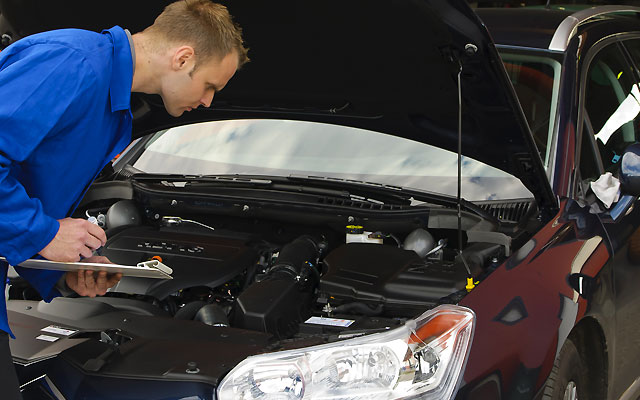Six Tips For Winter Car Safety
Keeping my family safe because we are independent of the location-meaning that spending time across the country-we is constantly moving. Although we do not live in a cold climate, we travel to them.
Ice, rain, snow, and icy temperatures can have a toll on your car. Taking a few steps to the investigation walk a long way to stay on the slippery roads.
Image Source: theaa
TOP six winter car safety tips
1. Check your battery-you probably already know that cold weather takes a toll on the batteries your car is no exception. Now it's the good shape. Take a look at the wires, terminals, and fluids and look for anything that's unusual. If you do not feel qualified to do this, some battery retailers will conduct a courtesy car battery evaluation.
2. Change the oil-the oil we need in Arizona in the summer is not the same as it is best for our car when we travel to Colorado in the winter! If you live in a cold climate, now is a good time to switch to a thin, less viscous oil. When it's hot, a 10w-30 works fine. However, when temperatures drop below freezing point, a thicker 5w-30 is better. Refer to the manufacturer's manual or ask for more information.
3. Upgrade your engine coolant-it is easy to forget that although it is cold, your car can still overheat. To help protect the motor from corrosion and make sure it does not overheat, talk to your car technician about switching to a coolant that has anti-freeze properties. When you are getting your car looked, make sure all your fluids-including your window washer solution-are topped.
4. Keep it clean-thanks to the ice, salt and sand toll on the roads. One of your first line of defenses against winter items is to get your car washed and waxed before the temperatures start dropping. When temperatures rise and fall freezing, vehicular corrosion occurs more quickly. The International Carwash Association recommends finding a car wash that is part of the WaterSavers program. There are more than 1,500 eco-friendly car washes around the world in the program that meet the water quality and usage standards. These car washes use 40 gallons (151.5 liters) or less of fresh water per car. To find a car wash participant near you by visiting http://thereviewsearch.com.
5. Take control of tire safety-when you live or travel to areas where winter means snow and ice, checking your tires is critical to safety. Your tires need to be pulverized try the penny test to see easily if you need to invest in new tires. Simply hold a penny head down on the central thread. If you see the top of Lincoln's head, with less than 2 tread/32 inches, and it's time for new tires. You should also make sure your tires are properly inflated. This will ensure optimal handling, safety, and fuel efficiency.
6. Put an emergency kit-taking the previous steps go a long way to keep safe during the winter trip, but that does not mean you should not pack a winter emergency kit. Consider the following packaging: emergency flares, snacks, water, warm clothes, including socks, gloves and hats, blankets, ice scraper, flashlight and batteries, battery radio, First aid kit, tire chains, and cables Bridge.
Video: Goodyear Australia
Taking the time to winterize your car helps make sure you stay safe and comfortable now!





Leave a Comment